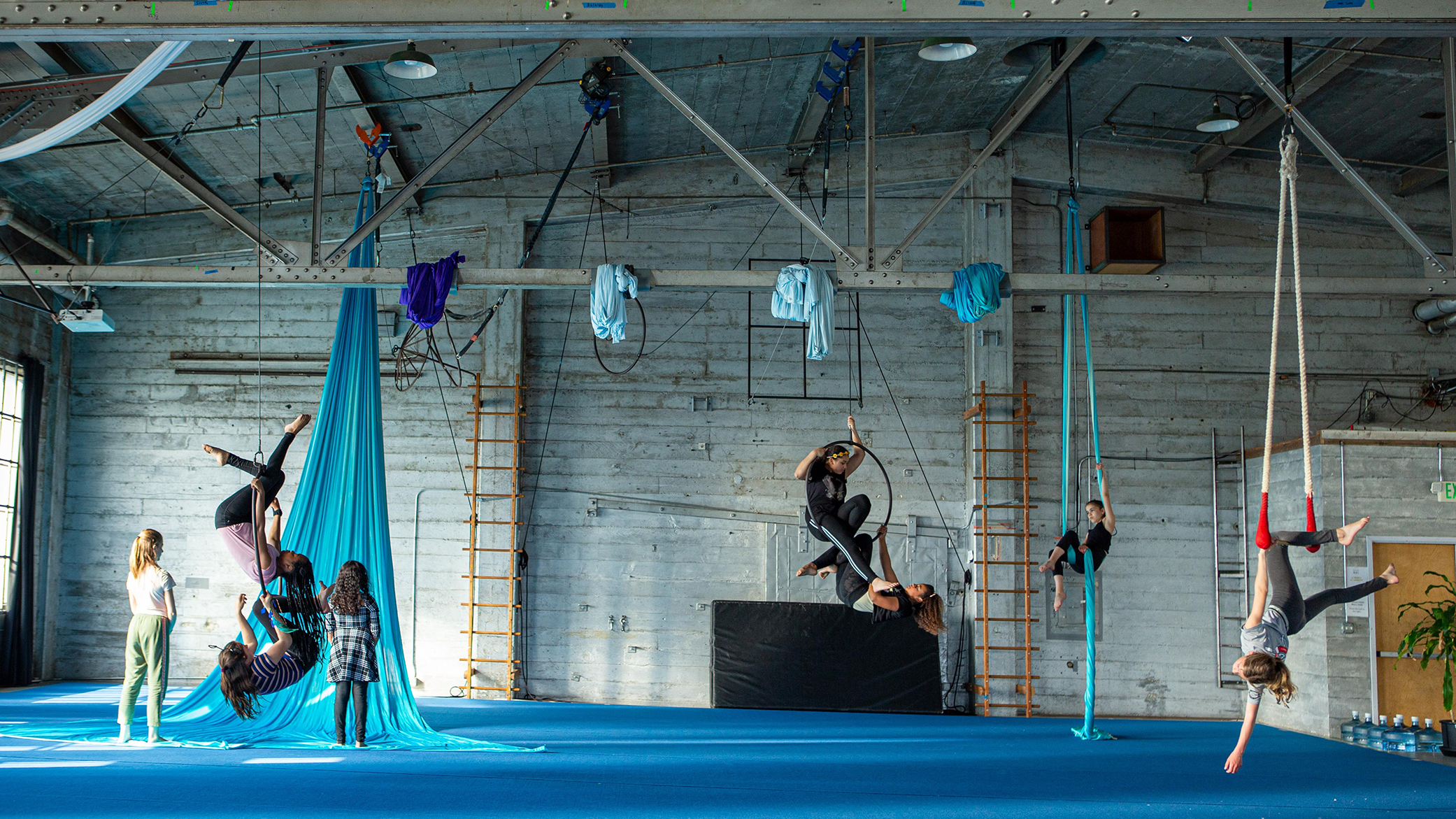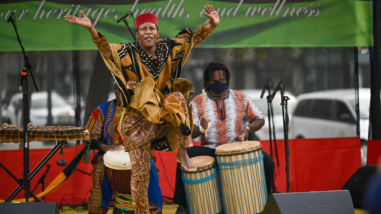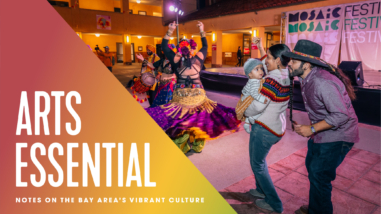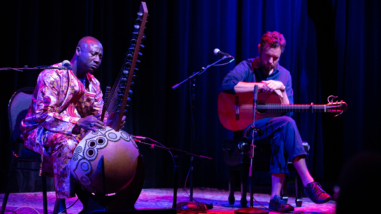New directions for our Performing Arts grantmaking

The who, how, and where of the arts in the San Francisco Bay Area is changing. And we need to change with it.
As the grantees of the Hewlett Foundation Performing Arts Program well know, the Bay Area arts community is at an inflection point. Artists, arts organizations and the people who lead them are facing accelerating changes on a host of fronts: technology is driving new ways for artists to create and audiences to experience and participate in the arts; demographic shifts are posing challenges for many long-standing arts institutions trying to serve existing patrons and engage new audiences; and securing space for offices, rehearsals, and performances in the Bay Area’s white-hot real estate market is testing the sector’s resourcefulness as never before. Amidst all this change, the funding landscape is shifting too, with longtime foundation funders leaving the field and public and individual giving not keeping pacing with inflation, let alone the increased cost of doing business. Every day, grantees and others in the field are working to meet these challenges, with ingenuity and dedication.
But our charge is different: to consider the artistic vitality of the region as a whole, and try to use our resources to both meet today’s challenges and help foster an arts sector that can thrive tomorrow. That’s why we’ve spent the past year evaluating our grantmaking and thinking about how we might evolve our grantmaking to best achieve our goals in light of the rapidly changing landscape. This process of reflection and renewal — what we call a “strategy refresh” — is a common one at the Hewlett Foundation, undertaken by each of our programs on a regular basis. In our case, it has resulted in a new strategic framework for our Performing Arts Program, which will guide our grantmaking for the next five years.
At the heart of our evolved strategy is the idea that we must view communities and the art that their members value as the critical lens for understanding the impact of our funding. We will continue to support nonprofit organizations creating, producing, and presenting art across the region, and continue funding organizations working to ensure that Bay Area youth have access to high-quality arts education. New areas of focus will include support for artists and artists’ networks, and for arts leaders to become more effective advocates for their communities. And while we are shifting our grantmaking strategies to address changes in who, how, and where people are engaging in the arts, we think it’s also important to reaffirm what isn’t changing: our enduring commitment to supporting meaningful artistic experiences for the people of the San Francisco Bay Area.
Throughout this period of research and reflection, we have been encouraged by feedback from arts and culture leaders that we can and should do more to ensure that our performing arts funding reaches more people and more communities than it has in the past. We believe that the changes we are announcing today are necessary to expand on grantees and their peers’ extraordinary contributions to their communities, and ensure art and culture continue to thrive throughout the region a generation from now.
Even more importantly, we continue to believe in the critical role the arts can and must play in the life of the Bay Area and all the people who call it home. Put plainly, the arts matter — for individuals to thrive, for community self-expression, and for creating connections in a society too often pulled apart by polarization, inequity and individual isolation. That is why we remain committed to supporting art that matters to Bay Area communities.



